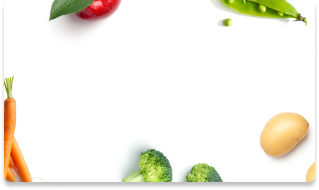
-
Find the right food for your pet
Take this quiz to see which food may be the best for your furry friend.
Find the right food for your pet
Take this quiz to see which food may be the best for your furry friend.
Featured products
 Adult 7+ Perfect Digestion Chicken, Whole Oats & Brown Rice Recipe Dog Food
Adult 7+ Perfect Digestion Chicken, Whole Oats & Brown Rice Recipe Dog FoodScience Diet's breakthrough nutrition supports ultimate digestive well-being & healthy microbiome for dogs age 7+
Shop Now Adult Healthy Cuisine Roasted Chicken, Carrots & Spinach Stew Dog Food
Adult Healthy Cuisine Roasted Chicken, Carrots & Spinach Stew Dog FoodDelicious roasted chicken paired with tender vegetables in a succulent stew
Shop Now Small & Mini Savory Stew with Chicken & Vegetables Dog Food
Small & Mini Savory Stew with Chicken & Vegetables Dog FoodA delicious complement to the nutrition of Science Diet Small & Mini 7+ dog food
Shop NowFeatured products
 Adult Savory Entrée Can Variety Pack Cat Food
Adult Savory Entrée Can Variety Pack Cat FoodPrecisely balanced nutrition with the delicious taste of savory minced chicken to help fuel the energy needs of cats during the prime of their life
Shop Now Adult 7+ Tender Tuna Dinner Cat Food
Adult 7+ Tender Tuna Dinner Cat FoodWith delicious chunks in a decadent gravy
Shop Now Adult 7+ Senior Vitality Chicken & Vegetable Stew Cat Food
Adult 7+ Senior Vitality Chicken & Vegetable Stew Cat FoodImproves Everyday Ability to Get Up & Go
Shop Now -
Dog
- Dog Tips & Articles
-
Health Category
- Weight
- Food & Environmental Sensitivities
- Urinary
- Digestive
- Joint
- Kidney
-
Life Stage
- Puppy Nutrition
- Adult Nutrition
- Senior Nutrition
Cat
- Cat Tips & Articles
-
Health Category
- Weight
- Skin & Food Sensitivities
- Urinary
- Digestive
- Kidney
-
Life Stage
- Kitten Nutrition
- Adult Nutrition
Featured articles
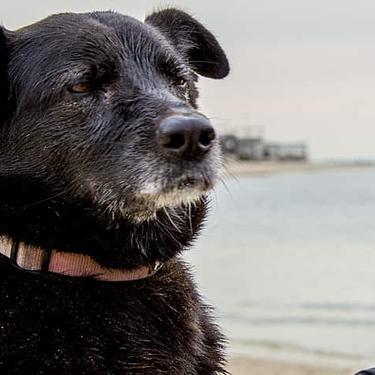 Does My Pet Hate Me?
Does My Pet Hate Me?Learn tips for bonding with your pet if you've ever thought, 'My dog doesn't like me, or 'Why do I have a standoffish cat?'
Read More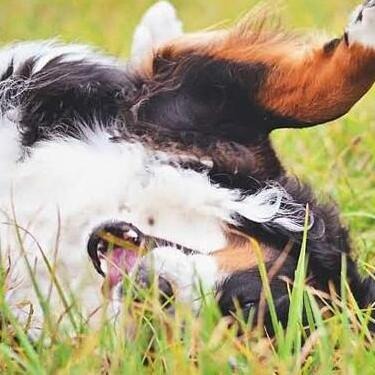 Do Dogs and Cats have Belly Buttons?
Do Dogs and Cats have Belly Buttons?Learn whether cats & dogs have belly buttons like humans, what the function is, and if there are any health concerns associated with it.
Read More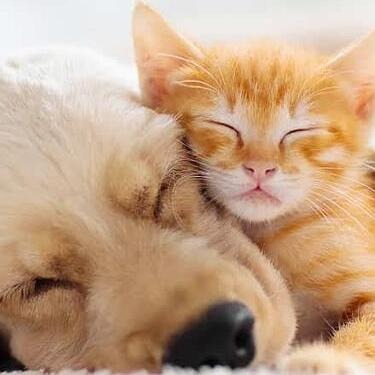 Why Are Dogs and Cats So Cute?
Why Are Dogs and Cats So Cute?If waggy puppy dog tails and furry kitten yawns make you swoon, you're not alone. Why are cats so cute? And, dogs too! Let's find out!
Read More -


It seems like a dog's head and a person's hand were meant to go together. But why do dogs like to be pet so much, and what are the best places to pet a dog? To answer these questions, it's important to understand the signs dogs give before, during and after petting. Get ready — we're about to explore the science behind dog petting.

Prepping to Be Pet
Have you ever heard the saying, "Let sleeping dogs lie?" Although all dogs like a good hand massage, they should be the ones to initiate the petting. Whether they're a new puppy, your long-time fur kid or a dog you've never met before, you should always look for the mutual agreement that the dog wants you to pet them. If a dog wants to be petted, they will sniff you, and then their ears, tail and other parts of their body will become relaxed. Watch for loose shoulders, a soft gaze and an open mouth. When they start to wiggle a little bit or nuzzle up against you, that's your sign that they're ready for a good round of petting.
You should first pet the dog on the chest, shoulder or base of the neck rather than moving your hand over the top of their head. Make the initial petting slow and a little bit like a light massage. Avoid the base of the tail, under the chin and the back of the neck. Definitely don't grab at the dog's face or pet their ears roughly, since most dogs do not like that type of petting. Once you get to know a dog well, you can try to pet other areas and see what they like. When you're done petting, be sure to use a consistent response like "all done" so that your dog doesn't keep jumping up or try to nuzzle into you and knock you over for more pets.


Tasty Tips
How Will I Know If They Really Love Me?
Do dogs like to be pet all the time once they know you? For the most part, dogs do like to use petting as a way to bond with their owner. According to Paws for People, "It's well-known (and scientifically proven) that interaction with a gentle, friendly pet has significant benefits" for both the human and the dog. However, petting should be done in a way that pleases your dog and helps them feel calm, loved and safe. It's important to make time to pet your dog every day and allow others to pet them in the way they like.
When you get a new puppy, it is important to get to know them and their preferences before you take them to socialize with other dogs and people. This will allow you to recommend the best way for people to approach and pet your dog to reduce their anxiety around strangers. Keep in mind that some dogs make connections with certain people more than others. While your puppy might like being pet on the belly at home with you, they may not like that when they're out and about with new people.
Finding "The Spot"
Have you ever petted a dog and noticed their leg moving rapidly? This scratch reflex is an involuntary movement. Although it can seem funny to see your dog kicking their leg, it actually activates nerves that go to the spinal cord and may be irritating to them. Some people think rubbing this spot on a dog's belly is what they want, but in most cases, dogs would prefer to lie next to you and get petted on the chest instead. Very similar to arm or leg spasms in humans, a massage should evoke relaxation and not involuntary, rapid movements.
So, the next time you see a dog, remember to let them initiate the contact, start by petting their chest and shoulder areas and let them take the lead on how much and how often they want to be petted.


Chrissie Klinger is an educator, writer and mother of two children, three dogs and three cats. Her dog Jake loves sitting on her lap every chance he gets! She enjoys living an active and eco-friendly lifestyle in rural Pennsylvania.
Related products

A delicious complement to the nutrition of Science Diet Small & Mini 7+ dog food

Delicious roasted chicken paired with tender vegetables in a succulent stew

Delicious braised beef paired with tender vegetables in a succulent stew

Science Diet's breakthrough nutrition supports ultimate digestive well-being & healthy microbiome for dogs age 7+
Related articles
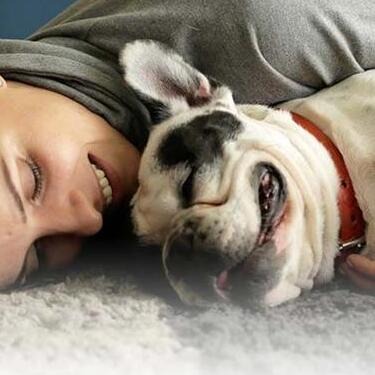
Your dog's coat and skin are a big part of your dog's overall health. Ensure you keep your dog's coat healthy, by following these simple tips.

Hill's Science Diet Small & Toy Breed dog foods are designed to meet the nutritional needs for your small dog at every life stage. Learn more here.
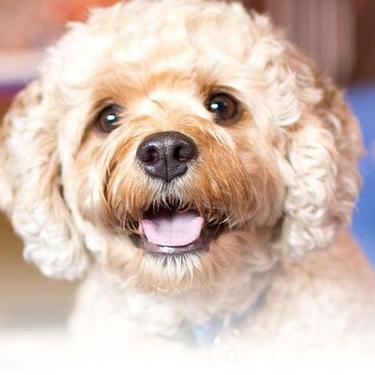
Learn about choosing the right food for your mature or older dog, ensuring he receives the correct balance of nutrition.
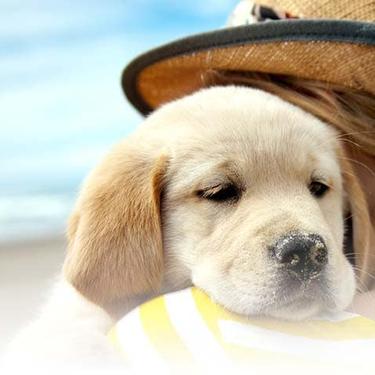
Large and giant breed puppies have different nutritional needs than other dogs. Learn how to provide the special care they need to grow up big and strong.
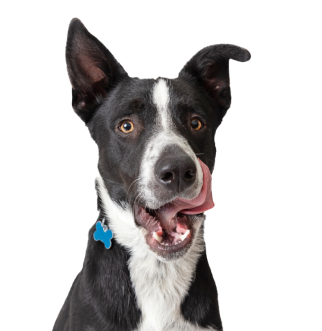
Put your dog on a diet without them knowing
Our low calorie formula helps you control your dog's weight. It's packed with high-quality protein for building lean muscles, and made with purposeful ingredients for a flavorful, nutritious meal. Clinically proven antioxidants, Vitamin C+E, help promote a healthy immune system.
Put your dog on a diet without them knowing
Our low calorie formula helps you control your dog's weight. It's packed with high-quality protein for building lean muscles, and made with purposeful ingredients for a flavorful, nutritious meal. Clinically proven antioxidants, Vitamin C+E, help promote a healthy immune system.

